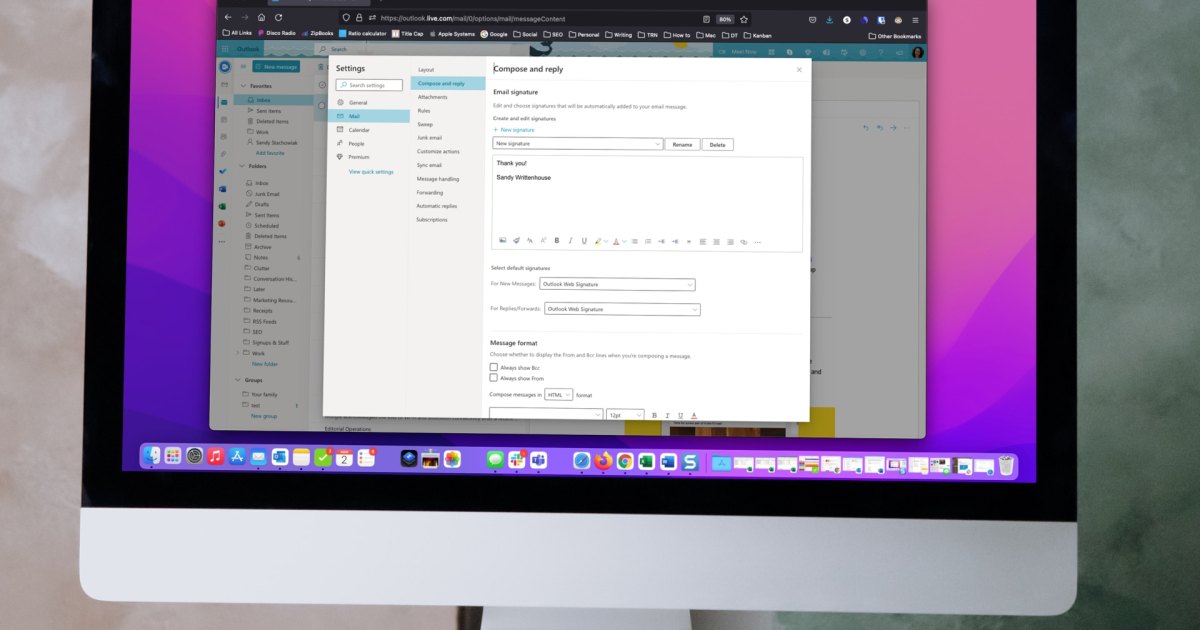Kick The New Platform Competing with Twitch for Top Talent in Streaming
Kick The New Platform Competing with Twitch for Top Talent in Streaming
Kick: The New Streaming Service Challenging Twitch

Kick is making waves in the streaming industry, posing a real challenge to Twitch, the dominant player in the market. With its recent $100 million non-exclusive deal with top streamer Félix “xQc” Lengyel and an impressive 95/5 revenue split for streamers, Kick is luring creators with the promise of better financial incentives. In comparison, Twitch offers a 50/50 split, while YouTube Gaming provides a 70/30 split.
For years, Twitch has dominated the video game streaming landscape, making it difficult for new platforms to gain traction. Even YouTube had to integrate its separate YouTube Gaming app into its main platform due to lack of popularity. However, with the shutdown of Microsoft’s Mixer last year, Twitch is finally facing competition, giving streamers an alternative to Twitch and YouTube.
While Kick has reached 5 million accounts since its launch earlier this year, Twitch boasts a staggering 140 million active users. This means that while Kick offers a less competitive environment, it also comes with a smaller overall audience. Some top Twitch streamers, however, have concerns about Kick’s association with the crypto-gambling site Stake. But despite potential drawbacks, the generous revenue split on Kick may outweigh these concerns, especially for smaller and mid-tier streamers.
Will Kick Make You More Money?

The streaming market is highly competitive, with millions of channels vying for viewers’ attention. According to Streams Charts, 80% of the estimated 5.37 billion hours watched on streaming platforms went to the top 0.3% of channels between April and June this year. Building a substantial following can be a challenging and frustrating process, with many streamers struggling to make a decent income.
On Twitch, becoming a Twitch Affiliate, which allows streamers to earn from subscriptions, requires meeting specific criteria, including broadcasting 500 minutes over seven unique days with an average of three concurrent viewers and at least 50 followers. With a 50/50 revenue split, each $5 subscription on Twitch will grant the streamer $2.50, excluding bank fees and taxes. With just 10 subscribers, a streamer can earn $25 per month.
In the same period, a total of 82,850 channels with subscribe buttons on Twitch brought in an estimated $100.4 million in revenue. However, this figure needs to be divided in half as Twitch retains 50% of the revenue. The top 1,000 channels accumulated 33.44% of the revenue, while the top 12,585 channels generated 80% of the total. Earning a substantial income through live streaming on Twitch requires being in the upper percentiles.
On Kick, with a 95/5 revenue split, streamers can make $4.75 for every $5 subscription. With 10 subscribers, a streamer can earn $47.50 per month. While this might not seem significant to top Twitch streamers, for small and mid-tier streamers, the revenue split on Kick could make streaming more financially viable. It’s important to note that subscriptions are not the only source of income for streamers, as donations, tips, and sponsorships also contribute to their earnings.
The Audience Landscape on Kick
Considering Kick’s relatively recent launch in January, its viewers are likely more tech-savvy and engaged in online communities. This means that streamers on Kick might cater to a more niche audience, allowing them to focus on specific content and interests. Twitch, on the other hand, aims to attract a broader audience, which is why it enforces stricter guidelines and regulations.
Twitch has been working hard to be more brand and advertiser-friendly, implementing new policies like additional mature-rated tags. Kick, however, embraces more adult-oriented themes by featuring categories like “Pools Hot Tubs & Bikinis” and “Slots & Casino” prominently on its platform. Twitch, by contrast, pushes such categories further down. Kick has clear guidelines against pornography and hate speech, but it is more flexible with content choices.
If you want to attract a larger general audience, Twitch or YouTube may be better options despite higher competition. However, if you are willing to target specific niche or core groups, Kick, despite its smaller user base, might be worth considering. It’s recommended to analyze the top streamers on Kick and see which communities they are building to assess if they align with your content and desired audience.
Kick’s Potential for Success

The streaming industry has seen its fair share of failures, with platforms like Mixer, Smashcast, and Plays.tv struggling to make their business models work. Even Twitch, with its backing from Amazon, is not profitable yet. If Kick fails, streamers will have to transition their viewers to other platforms like Twitch, which poses a risk of losing casual viewers during the switch. Building a strong presence on platforms like Discord is crucial for retaining loyal viewers during any transition.
The survival and long-term profitability of Kick remain uncertain. Livestreaming platforms require substantial investment to maintain and grow. However, some streamers have successfully switched to smaller platforms and then returned to Twitch with even larger audiences. While there might be a drop in viewership during the transition, it doesn’t necessarily have a significant impact on a streamer’s career.
To hedge their bets, some streamers choose to simulcast on both Twitch and Kick to expand their audience. Twitch’s Partner Program restricts simultaneous streaming on competing platforms like YouTube Gaming, Facebook, or Kick. However, this restriction doesn’t apply to Twitch Affiliate streamers. Simulcasting can be challenging, requiring engaging with audiences on both platforms simultaneously. Alternatively, some streamers start on Twitch and later transition their viewers to Kick during their sessions.
Creating content on short-form platforms like TikTok, YouTube Shorts, and Instagram Reels also helps in building an online presence across multiple platforms. Collaborating with other creators through joint streams is an effective way to cross-promote and attract diverse audiences.
The Ethics and Concerns Around Kick

Notable streamer Imane “Pokimane” Anys made headlines when she expressed her discomfort with Kick, stating that she wouldn’t stream on the platform, even for $10 million, due to concerns about compromising her ethics and morals. Kick’s close association with the crypto-gambling website Stake.com raises questions about the platform’s image and reputation.
There was a period when gambling streams on Twitch were gaining popularity, raising concerns about exposing younger audiences to online gambling. Some streamers even secured sponsorship deals with gambling sites, earning significant amounts for promoting these platforms. While Lengyel and others now stream on Kick, the specific drama surrounding the association with gambling sites is unlikely to affect the audience that creators build on the platform.
Ultimately, the decision to stream on Kick should be based on individual values and goals. Despite its financial backing, Kick offers an attractive revenue split and the opportunity to carve out a unique niche in the streaming world. However, it’s important for streamers to assess their alignment with Kick’s association and their comfort level with its ethical implications.
In conclusion, Kick serves as a promising alternative to Twitch and YouTube for streamers seeking better financial incentives and a chance to reach specialized audiences. While it’s essential to consider both the potential financial benefits and the risks associated with a new streaming platform like Kick, it’s equally important for streamers to build a strong presence across various platforms and continuously engage with their audience.






